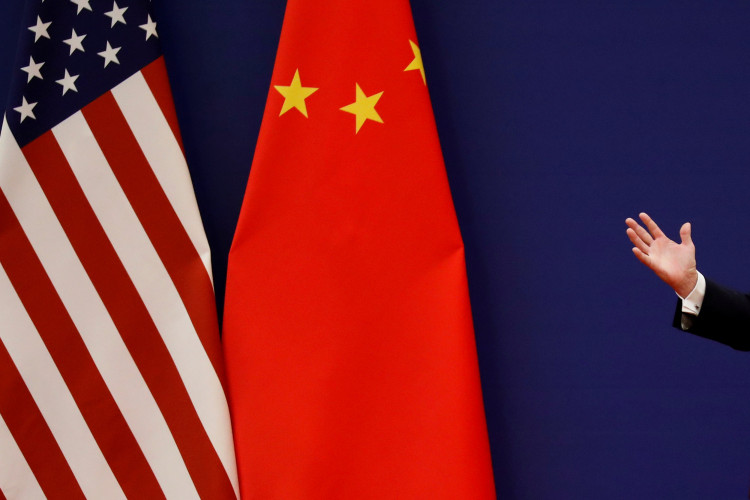Negotiators from China and the United States are reportedly working together on a roadmap aimed at ending the trade dispute between the world's two largest economies. The roadmap hopefully will end in a cordial meeting between Chinese leader Xi Jinping and U.S. President Donald Trump in November.
The Business Times previously reported that both nations agreed for lower-level talks scheduled on Aug. 22 and Aug. 23 just in time before new rounds of billions worth of tariffs from each party take effect. This meeting will be attended by a nine-member delegation from Beijing headed by Vice Commerce Minister Wang Shouwen. The delegation will be discussing with U.S. officials led by Treasury undersecretary David Malpass.
The news about the August trade talks sends optimism among market observers and industry analysts. Stocks reacted favorably in the news of a trade talk. Dow rallied into its biggest gains since April.
Still, there were some analysts who were less optimistic about the lower-level talks. They say that the fact that both countries were sending their minor officials for the discussions means that erratic trade situations were unlikely to be overturned. The best the talks could achieve, some analysts said, is for China and the United States to balance the market and see ways how respective industries can adjust with the tariffs in place.
As it turned out, however, the lower-level talks scheduled in August will pave the way to the meeting of the most important leaders of both China and the United States. According to the Wall Street Journal, the officials meeting on August will actually design a strategy intended for the particular goal of having Xi and Trump meet and talk in November. By then, the international community can look forward to a more concrete sign that tensed trade relations would eventually relax.
Elsewhere, economists warned that a full-blown trade war that will last for a year could drag down both the U.S. and Chinese economy. The shipping industry is the first sector to suffer the brunt of the trade war. The industry may suffer skyrocketing shipping costs in the coming months, more canceled transactions, and eventual loss of jobs.
The manufacturing industry has also been feeling the strains, particularly the U.S. companies with factories in China. Many companies are now considering diversifying into a different market or moving out from China as tariffs are doubling their production costs. Manufacturers are looking to diversify in Thailand, Vietnam, Malaysia, and Cambodia.
Reuters interviewed more than a dozen manufacturers from different sectors, including the medical and agricultural industries. A common sentiment is that these companies exporting to the United States are now having doubts that they can continue their operations in China. AGCO Corp which makes farm equipment, the chemical company Maroon Group, and Goodman Global which makes air conditioners are all concerned that they will be priced out of the market.
At Home Group, a conglomeration of furniture makers, said they have decreased their productions in China. GMM Nonstick Coatings has moved a chunk of its production to India.
DSM China Ltd has considered replacing American soybeans with pea powder that can be sourced locally to avoid the high production cost.
Industry executives told Reuters that it was unfortunate for these companies to resort to diversifying away from China. They said the country remains to be the number one source of engineering talents, as well as supply chain employees. The country has an impressive manufacturing output of about $2 trillion, the world's largest at present.






